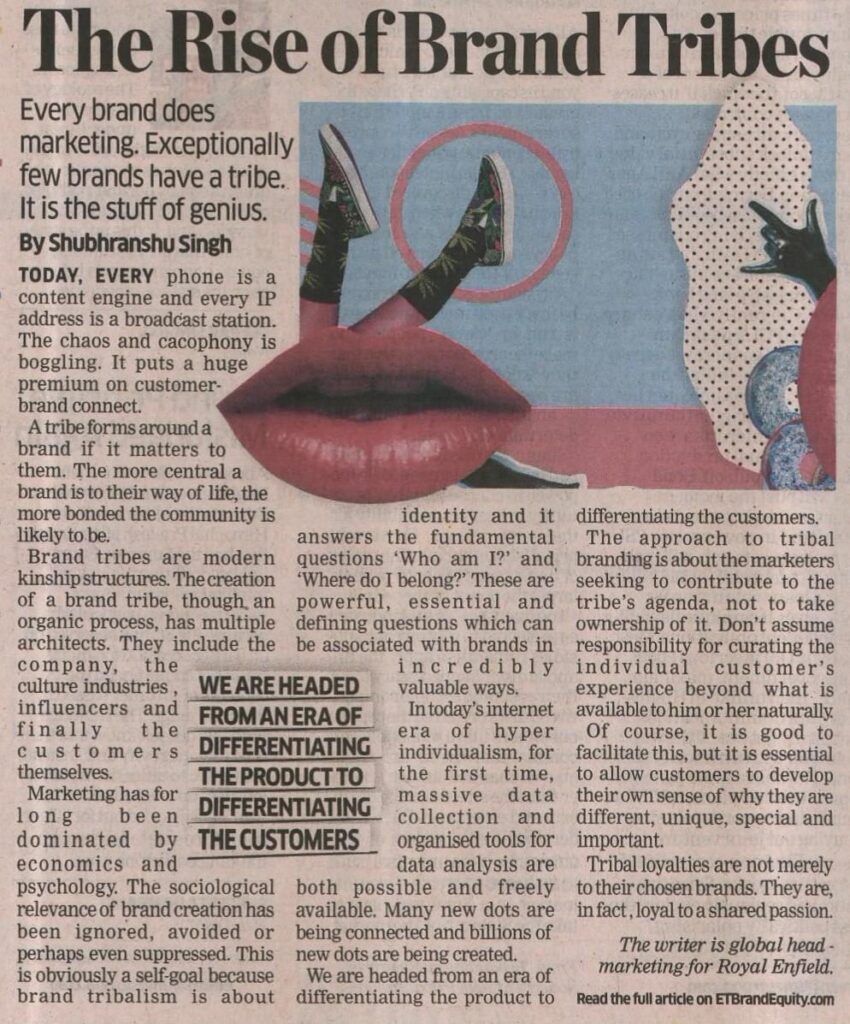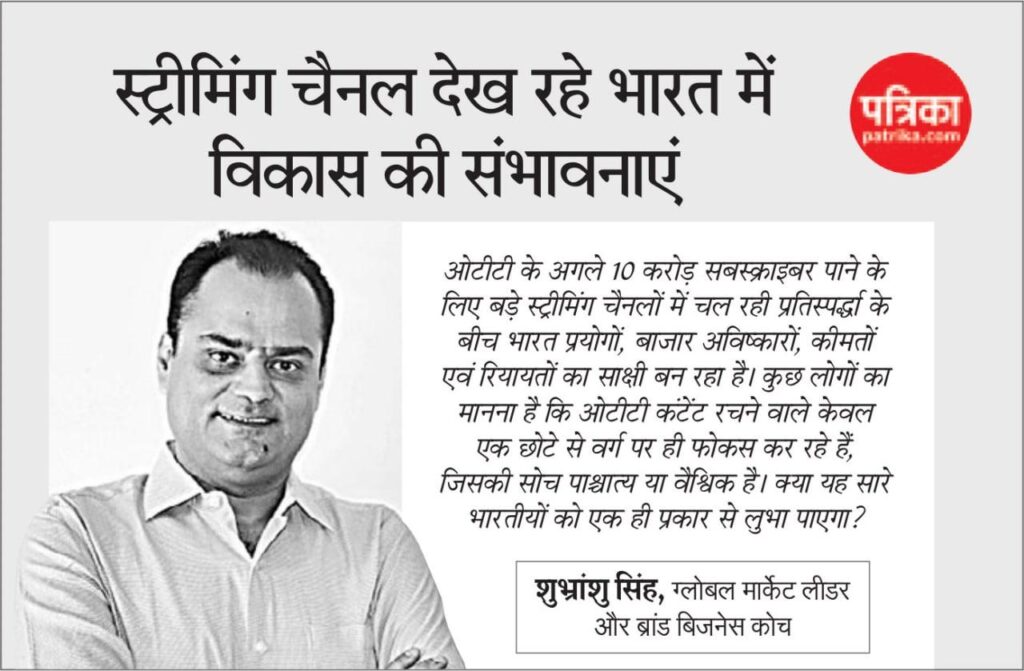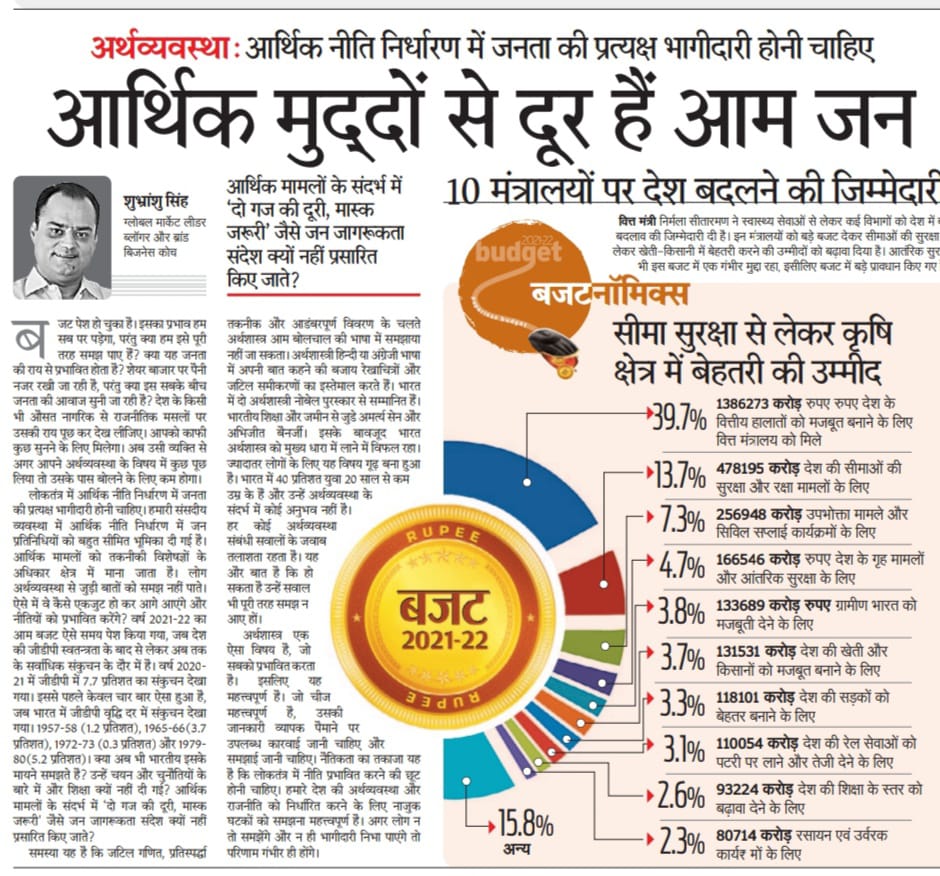Royal Enfield’s Shubhranshu Singh to be global jury head at APAC Effie Awards 2021
Effie Asia Pacific announced that Shubhranshu Singh, Global Head – Brand and Marketing at Royal Enfield and Michelle Hutton, Vice Chair of Edelman Asia Pacific & CEO of Edelman Australia and as Heads of Jury for the APAC Effie Awards 2021. As Heads of Jury, they will lead and moderate the judging sessions to assess and honour the best-in-class marketing communications efforts in the region. Singh is the Global Head – Brand and Marketing at Royal Enfield. A thought leader and growth catalyst, he has two decades of global brand and category building experience on some of the most admired brands in the world, having held leadership positions in global corporations such as Unilever, Visa, Star-21 Century Fox earlier in his career. [siteorigin_widget class=”SiteOrigin_Widget_Image_Widget”][/siteorigin_widget] Singh has been instrumental in encouraging path-breaking work, creating much loved IPs, and inspiring large teams to go beyond. He also has the proven, rare ability to marry the worlds of cultural mainstream, storytelling, and technology rather effectively. Based in India, Singh is a prolific writer and writes a column for several publications particularly on brand building, consumer sociology, technology and trends. Commenting on his appointment, he said, “It is an honour to be a Head of Jury and see cases from across the Asia Pacific region, which is the world’s largest economic bloc as well as its biggest consumer opportunity. I look forward to judging some highly effective work by great brands and businesses. I’ve always advocated that brand and business are one and the same thing. I am excited to learn from experienced jury members and have rich interactions with them.” Michelle Hutton is the other Global jury head for the APAC Effie Awards 2021. She is the Vice Chair of Edelman Asia Pacific and CEO of Edelman Australia, an agency that continues to innovate and disrupt how marketers use creative to earn attention and impact. As a 25-year industry veteran, she has built a reputation for inspiring clients to build brand trust to drive growth. She has led award winning teams and over the years she has worked with clients including Samsung, GSK, PayPal, Unilever and Kellogg. The 2021 jury for the APAC Effie Awards include Chairman – Ashish Bhasin, CEO and chairman of Dentsu international. Jury members include Dheeraj Sinha, the CEO and CSO of Leo Burnett India, Kawal Shoor, planner and founding partner – The Womb, Narayan Devanathan, CEO – Dentsu Solutions, Dentsu International India, Rana Barua – group CEO, Havas India, and Ritu Sharda – CCO – Oglivy India – North, Ogilvy & Mather. https://www.afaqs.com/news/advertising/royal-enfields-shubranshu-singh-to-be-global-jury-head-at-apac-effie-awards-2021
Royal Enfield’s Shubhranshu Singh to be global jury head at APAC Effie Awards 2021 Read More »










